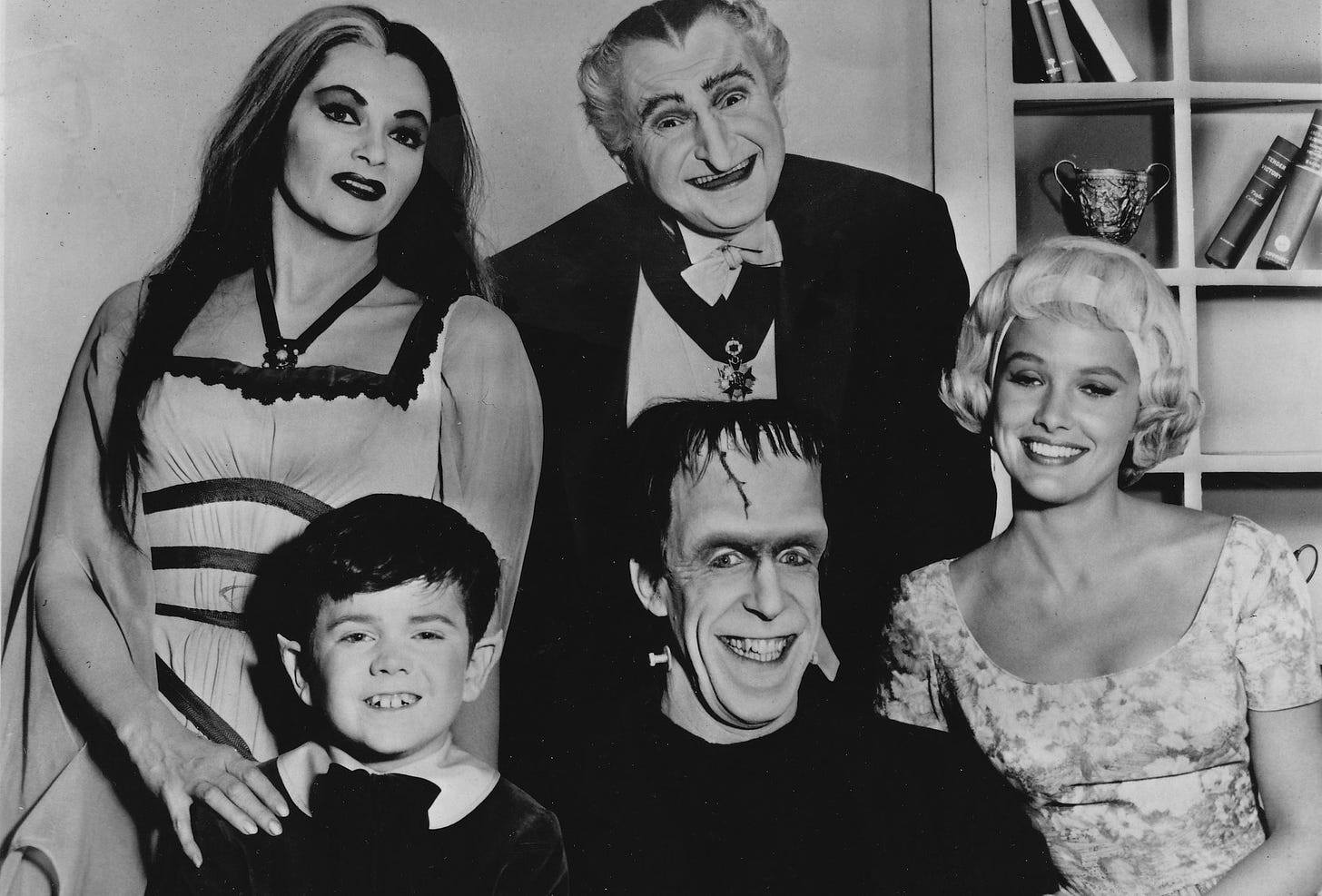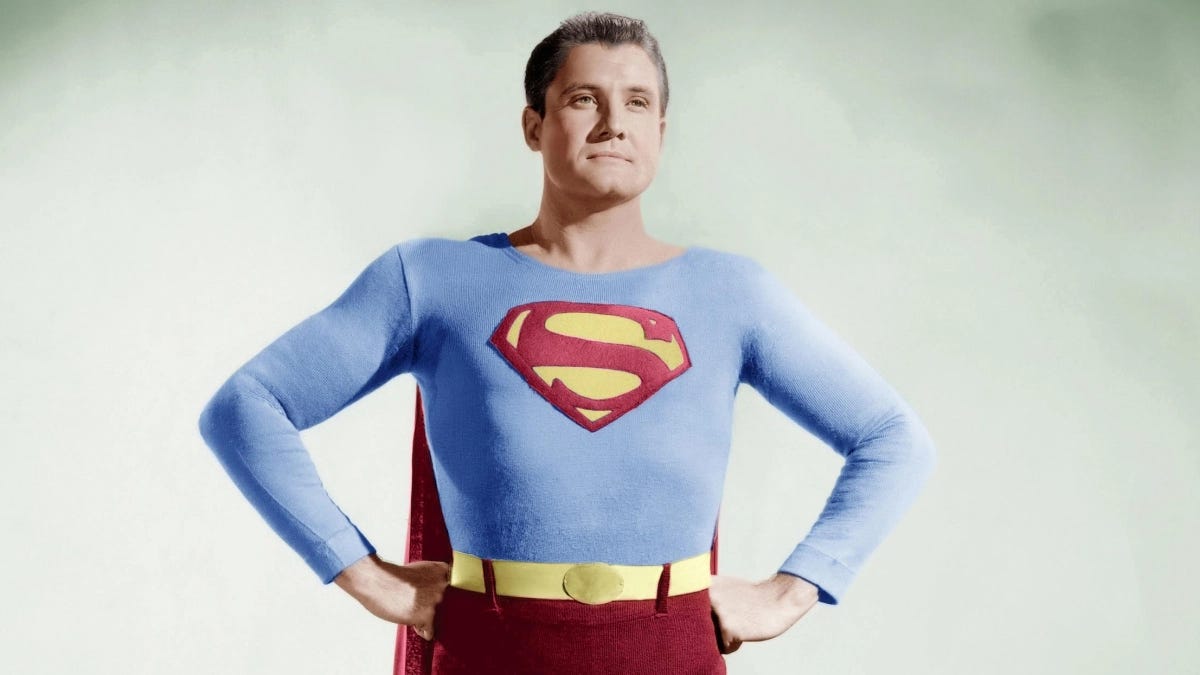Why I Love Black and White Television
It has a timeless quality that cannot be matched in color.
I’m probably showing my age here, but I am quite a fan of many old black and white television series from the 1950s and ‘60s. I am not at all turned off by their lack of color, in fact I think it’s often a feature. Some of my all-time favorite series are in black and white, at least for the most part, including The Twilight Zone, The Munsters, The Adventures of Superman, and Perry Mason just to name a few.
Not that I would have known any better what was in color or not back in the early ‘70s when I was first watching these reruns. We did not get our first color television until the late ‘70s, and this was a smaller set. Our larger television set in the family room remained stolidly black and white.
As an aside, I really enjoy watching on YouTube those old Siskel and Ebert film review shows, first Sneak Previews and then later iterations like At the Movies with Siskel and Ebert. I like catching their reviews of movies that are seen today as classic or cult films to see if their then-current reactions hold up to the test of time. More often than not, one or both get it right. I mention them because in one of their shows, they were reviewing a movie from the 1960s that was being reissued in the then 1980s. This film, of which I don’t remember the name, was intentionally filmed in black and white. Siskel and Ebert both agreed that the film, because it was in black and white, had a more timeless quality to it. That had it been done in color, they argued, it would have been forgotten completely.
That thought struck a nerve with me about the black and white television shows that I liked. It was true! The Twilight Zone needs its black and white quality, I believe, to properly portray its often timeless storytelling and themes. There’s something about the quality and character of the black and white images, the varying degrees of gray. The characters seem less regular, less normal somehow, and perhaps more real in a way. The women often seem more beautiful, dare I say ethereal?
I can think of two cases where adding color did not improve the series. The Munsters is a great example, where the original was in black and white, and then they later did both a color television movie version and a recent remake by Rob Zombie. The general point being that Herman Munster (and Grandpa for that matter) was far better seen in the grays of black and white television than the ghastly green we see in the color versions.
The same could be said for one of my all-time favorite comedies, Young Frankenstein. This black and white movie is as timeless as the original Universal horror films of the 1930s and ‘40s, largely due to their spooky black and white character.
And, expanding upon what I asserted above, I’m sure that most people are not even aware that The Twilight Zone (the original went from 1959 to 1964) also includes a run in the 1980s as well as the recent one from 2019 to 2020. While I’m certain that the quality of writing had declined in those versions—it’s hard to match the writing talents of Rod Serling and the likes of Richard Matheson—I’m also sure it had a lot to do with those later versions being done in color. Compared to the originals, they simply don’t pass the test of timelessness.
Let me be rightly understood, I am not arguing that television should remove its color and go back. In fact, in my next related posting, I intend to explore a number of classic shows that went through the transformation to color or had their starting points when color was a novelty. Certainly as a counter-example of where adding color helps, George Reeves’ Superman does look far better in his comic book-style, full-color red, yellow, and blue suit.
My point for this posting is that black and white should not be taken as a show-stopper if you are wanting to explore old shows. Sometimes, without it, the show would not be the same, and would likely have been forgotten in time.












The Twilight Zone episode you display with Burgess Meredith has always been a haunting story. Black and white movies have a strong connection with the unconscious. Edward G Robinson getting gunned down in an ancient film, expresses the horror of murder by a single bullet. The grimace on Robinson and the ghostlike gunsmoke hanging in the air is painful to experience. So much of killing in modern movies is simply grotesque.